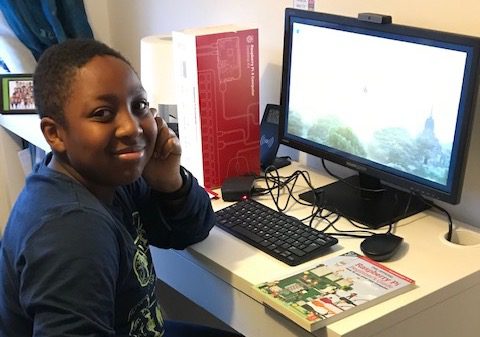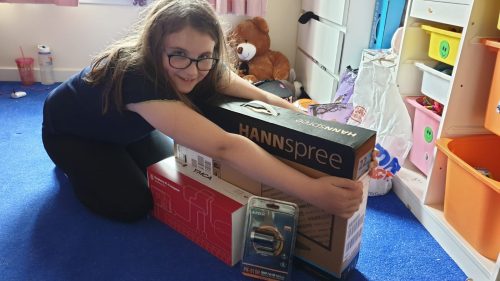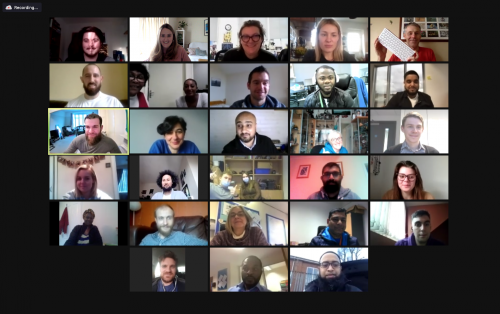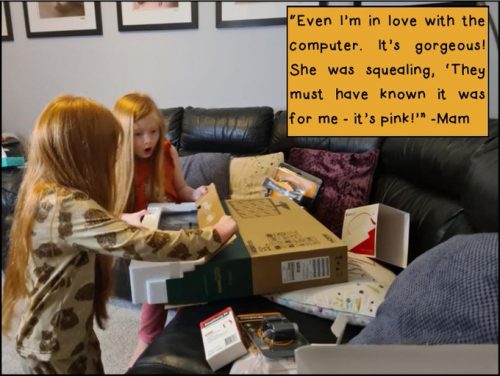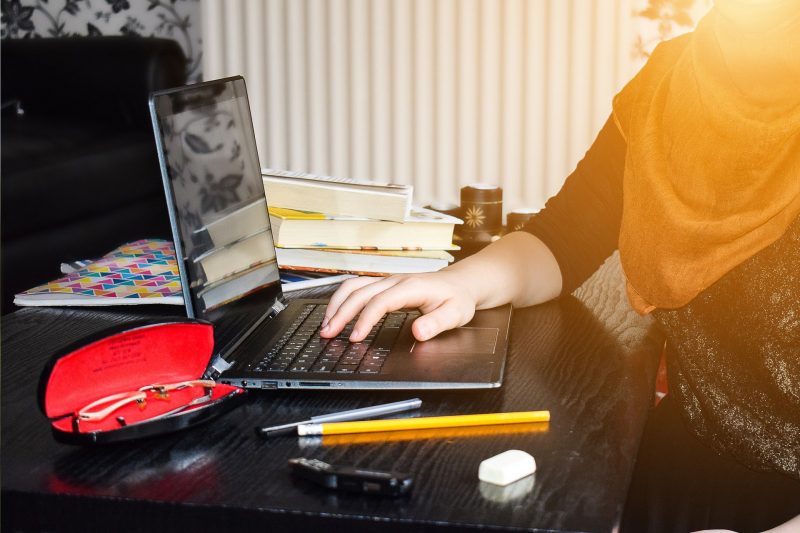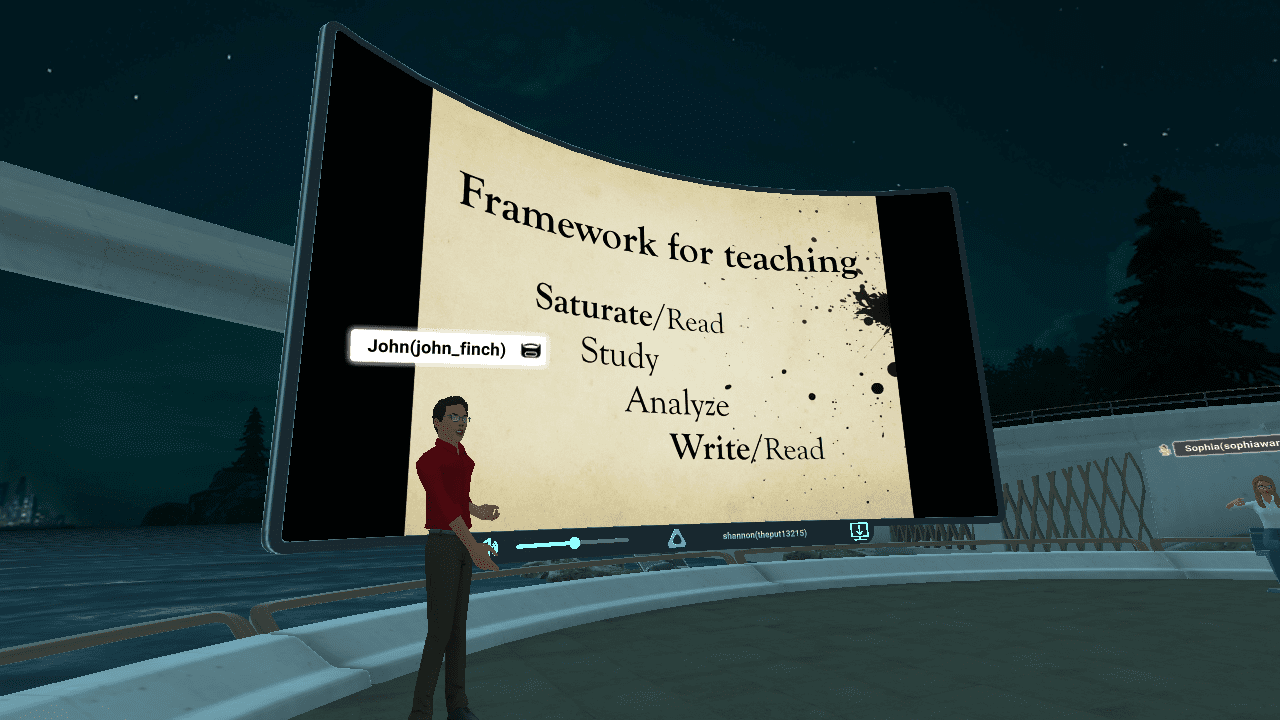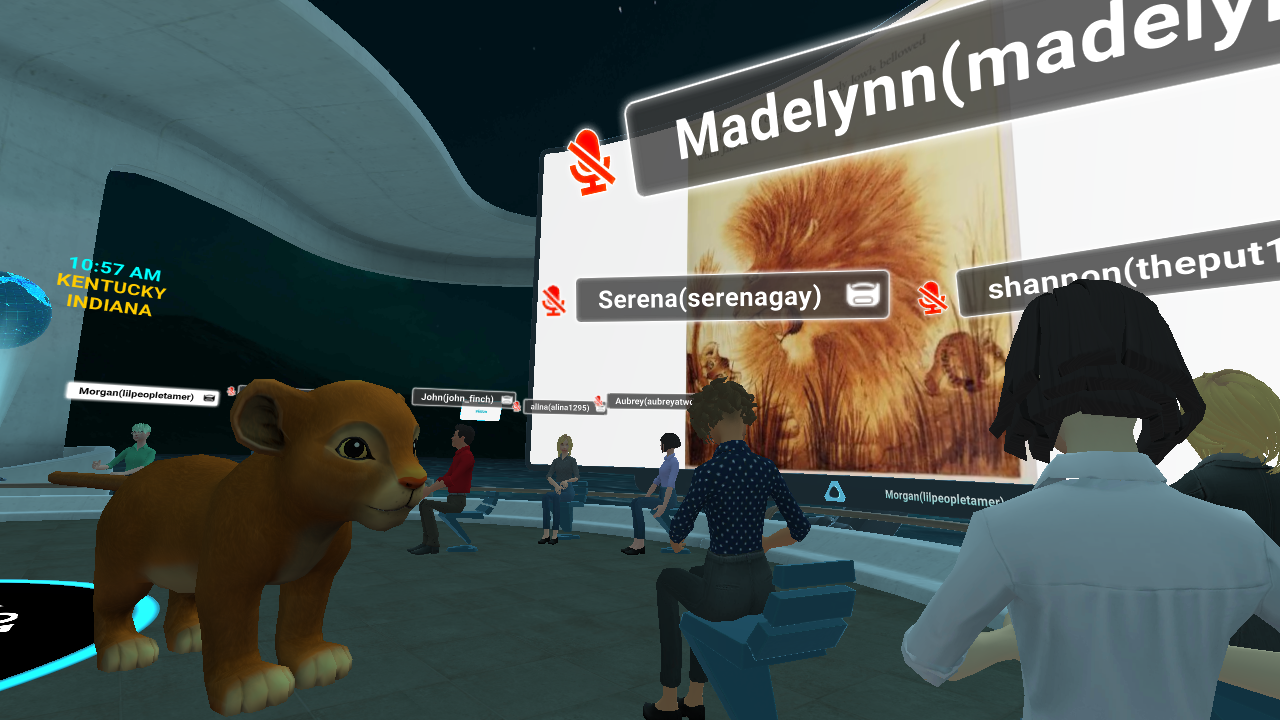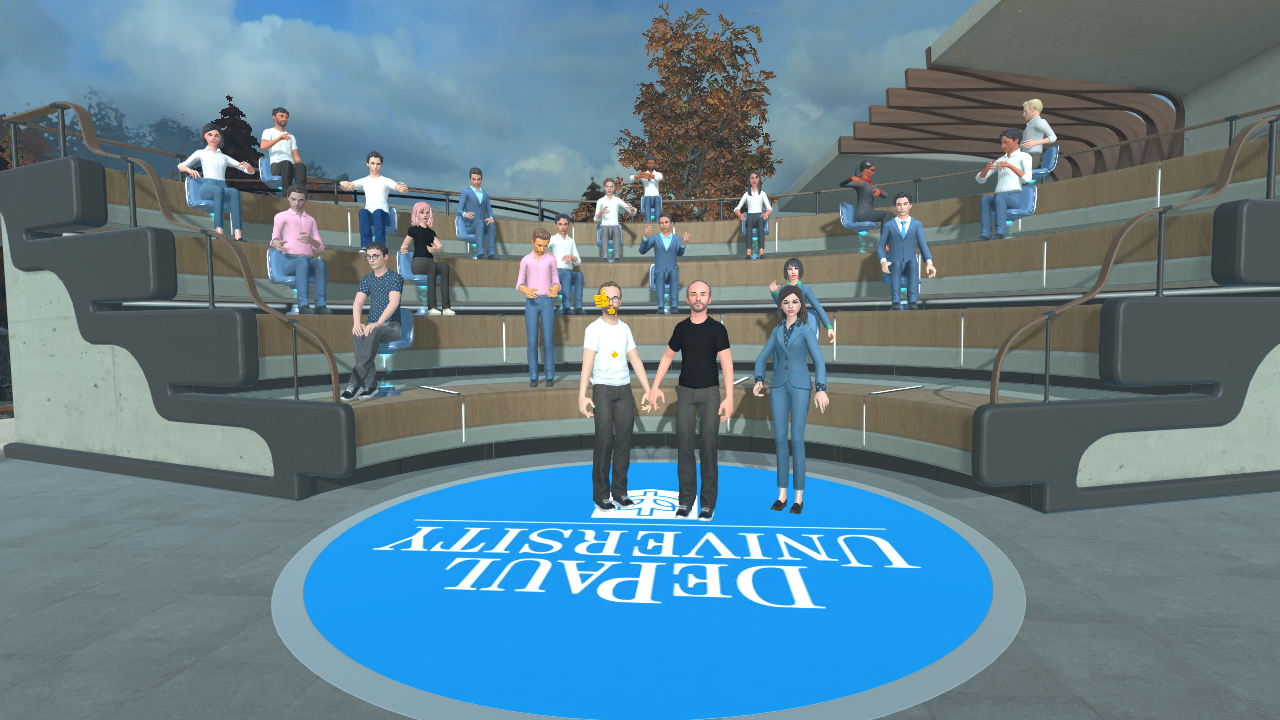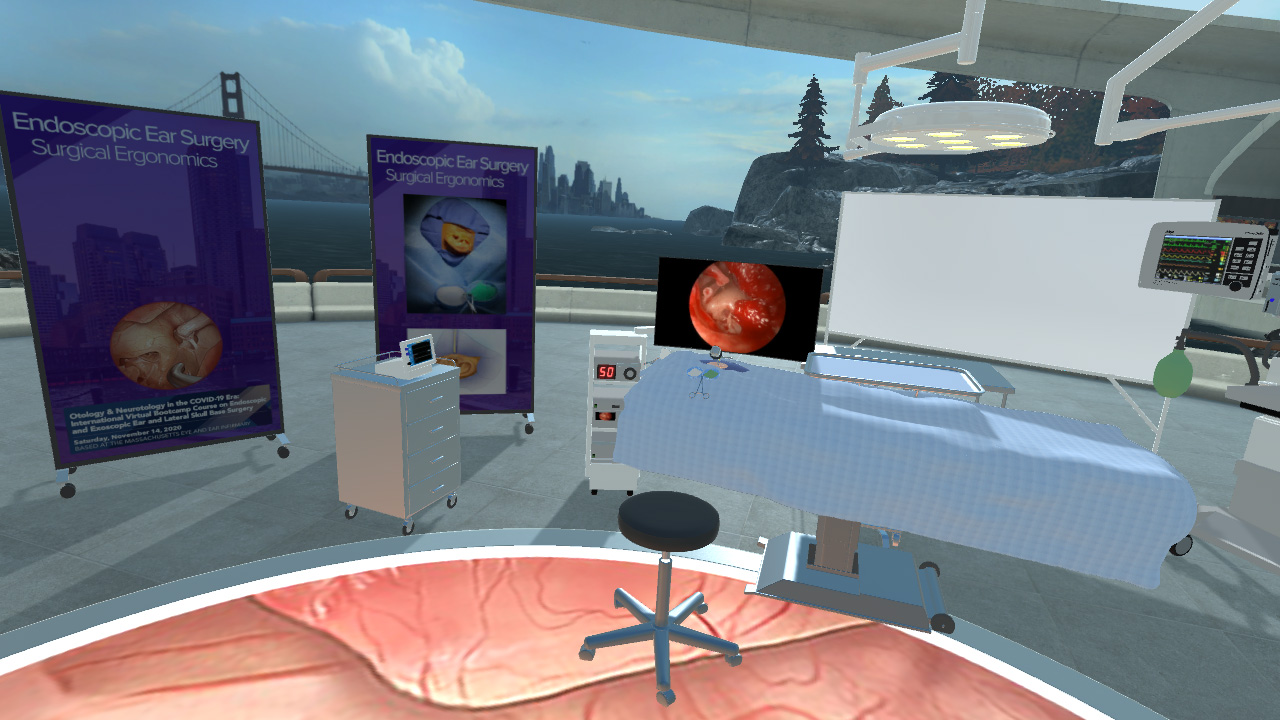Reading Time: 5 minutesThe COVID-19 pandemic spurred a nationwide shift in academics, forcing educators to move instruction online. The rapid shift to remote learning has pushed educators to adapt their practices and incorporate new technology to meet the challenges of remaining connected and engaged with students while not in-person.
VIVE Sync, the VR collaboration and remote meeting app, is one tool schools today are using to enhance the remote learning experience. Educators at the University of Louisville, DePaul University and the University of Arizona share the unique ways they use VIVE Sync to adapt their approach to teaching and transform remote learning.
University of Louisville

As an advocate for VR in education for over six years, Shannon Putman, a PhD candidate and graduate assistant at the University of Louisville, was responsible for creating the first VR elementary classroom in Kentucky in 2017. Before schools closed, Putman played an instrumental role in convincing the Jefferson County Public School District to allocate budget to implement the technology in elementary and high schools and secured over 500 headsets to be distributed to students.
Through Putman’s influence, her colleague, Dr. John Finch, was inspired to teach his pre-professional education course at the University of Louisville in VR as the campus went remote during the Spring semester.
Dr. Finch used VIVE Sync as a supplement to video conferencing , allowing his university students to meet in a shared space and gain experience leading and instructing the other students as if they were teaching an in-person elementary class. Leveraging the platform, the students were able to transform ordinary lessons into memorable experiences, such as bringing a 3D lion cub into the virtual classroom during a lesson on the five senses.

Putman said, “Classroom engagement and immersion in VR is unmatched, and the benefit of holding these classes in VR is twofold: students are not only learning about the subject being taught, but are also learning about the technology through hands-on experience.”
Putman is also working on a new project centered around connecting Louisville’s black student population with local black professionals and leaders in the community to inspire students to explore careers they never would have considered before. Through captured video and an integrated VR component, the goal is to immerse students in the professional lives of these community leaders and experience a day in their shoes.
DePaul University

Prior to the onset of COVID-19, Associate Professor Bree McEwan, along with her colleague Professor Paul Booth, was building an innovation lab on the DePaul University campus centered on VR. As COVID-19 became a global pandemic, McEwan shifted her strategy and used budget from the internal grant she received for the lab to purchase VIVE Focus Plus headsets for students in her First-Year Honors Discover Chicago, Augmented Chicago course. DePaul’s discover classes are designed as a unique way for the students to get to know DePaul, connect with each other. This particular section also focuses on learning about how communication processes and technological affordances influence our relationships and society.
At the start of winter quarter, the class, which focuses on AR and VR experiences, was and continues to be held via the VIVE Sync platform. McEwan is able to conduct class in a similar way to how it would be in person – from uploading and displaying PDFs to using the screen as a lesson board, she’s able to encourage social interaction among her students, another important element of her course. McEwan added, “Given the focus area of my course, I’m thrilled to be using VIVE Sync and know my students will benefit from learning about VR while using the technology during class.”
McEwan will be collecting feedback from her students at the end of her course and is also looking to teach a graduate seminar using VIVE Sync.
Boston, Massachusetts

VR continues to solidify its role in medical training, which is even more important now for medical students, residents, and fellows in training as work hours and hands-on experiences are restricted. With most surgical training courses going virtual this year due to COVID-19, one group of academic physicians pushed the limits of the latest technology. The Boston-based International Bootcamp on Endoscopic and Exoscopic Ear Surgery was held for Otolaryngologists (Ear, Nose, and Throat doctors). The event was hosted by course directors Dr. Michael Cohen, Dr. Daniel Lee, and Dr. Alicia Quesnel. Dr. Samuel Barber, a resident physician at the University of Arizona College of Medicine’s Department of Otolaryngology, collaborated with the course directors to develop a special VR segment of the course for live streamed endoscopic surgical dissection sessions. Participants gathered together in an immersive environment where they could interact, all while watching the same live surgical instruction video on a massive virtual display.
With VIVE Sync’s 3D asset support, Dr. Barber and his team developed large 3D models of middle ear anatomy, allowing participants to point out critical structures during the lesson, as well as better understand the relationships between anatomic structures in the ear, which otherwise are difficult to comprehend from traditional textbooks and 2D videos. Dr. Barber mentioned, “The 3D model feature within Sync is what sets it apart from other VR platforms. For medical and surgical instruction, the ability for students to visualize and pinpoint the detailed structures within the ear is incredibly helpful and more useful than referencing from textbooks and other materials.”

The surgical course was held on November 14, and Dr. Barber already anticipates that adjunct lessons conducted in VR will likely continue post-COVID in medical education due to its numerous benefits for both students and practicing physicians.
We look forward to seeing how our education partners continue to leverage VIVE Sync and integrate VR as part of their ongoing coursework to enhance remote learning. For more information on VIVE Sync, please visit: https://sync.vive.com/login
Website: LINK
